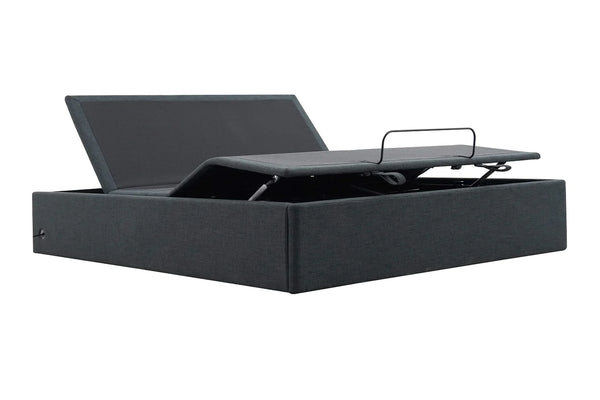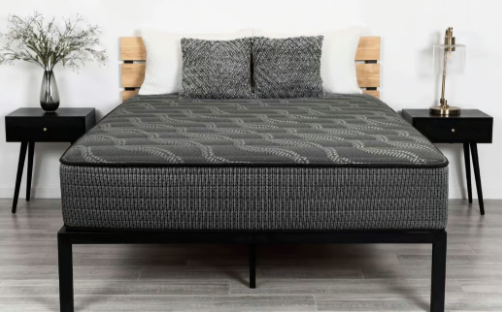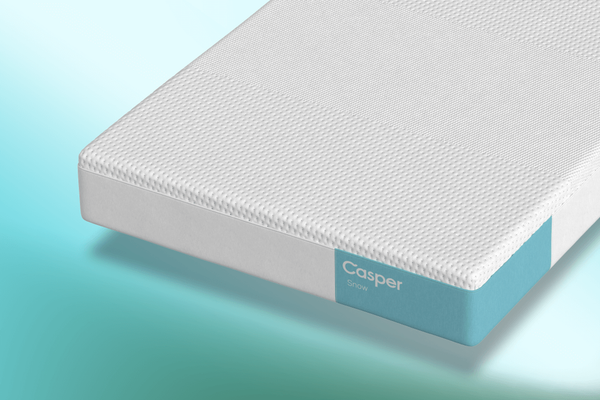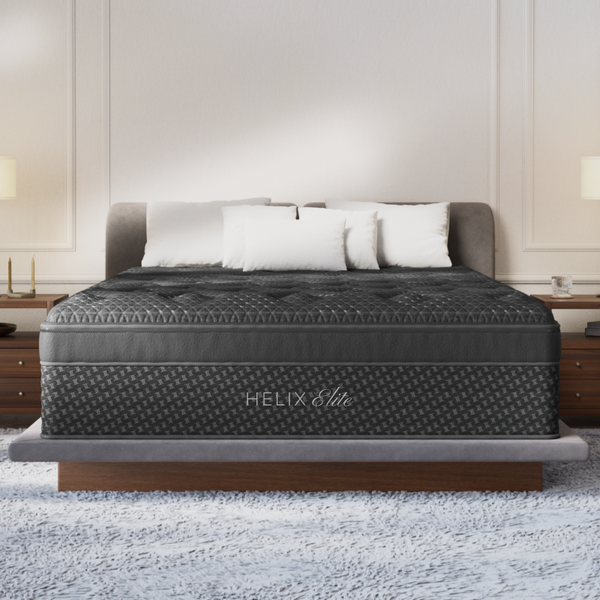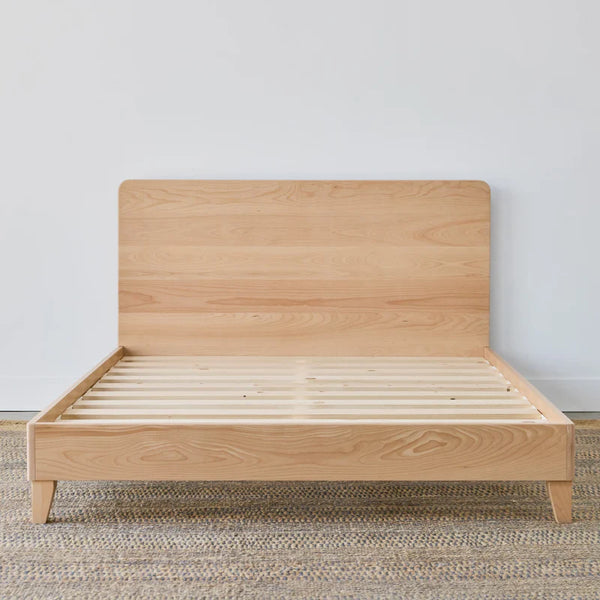How Do You Choose the Mattress Firmness?
Mattress firmness can be a subjective characteristic that can be very confusing for shoppers, yet by taking into account factors like sleeping position and body weight it should be easy to find a suitable firmness level that works for you.
Most sleepers tend to prefer medium firm mattresses for both comfort and support, which this guide will outline how to determine. Learn how to identify your preferred firmness level so you can locate your ideal mattress!
Sleeping Position
Selecting the ideal firmness can be a tricky balancing act. Too-soft mattresses won’t provide sufficient support, leading to misalignment of spine and discomfort for some sleepers; on the other hand, firmer mattresses might feel unsettling or restrictive for other individuals.
The appropriate mattress firmness depends on your sleeping position, body weight and personal preferences. Furthermore, any ailments that require special consideration must also be taken into account as well as taking into account size and height requirements for bed frames or bases.
Individuals who prefer sleeping on their back will require a mattress that offers moderate support to maintain the natural curvature of their spine. A mattress that is too firm can cause uncomfortable pressure points on hips and shoulders that could create painful pressure points over time.
An excessively soft mattress may cause your spine to curvature into a U shape and lead to lower back discomfort, while soft mattresses typically degrade faster than firm ones. A mattress topper (opens in new tab) can provide the perfect balance between firmness and comfort; adding extra cushioning it softens firm mattresses or hardens soft ones as needed.
Body Weight
A mattress’s firmness depends on how much pressure is exerted upon it during sleep. Achieve an appropriate level of firmness is key to maintaining spinal alignment during restful slumber; an overly firm mattress could create painful pressure points while too soft ones allow the body to sink in causing your spine to curve into an unhealthy U shape, leading to backache in the morning.
Firmness levels will depend on individual body weight and sleeping position; although personal preferences may differ from the general guidelines above. If your health condition may be adversely impacted by choosing the type of mattress that best meets your needs, seek medical advice or speak to an osteopath about finding an adapted firmness level for yourself.
Heavier individuals should opt for firmer mattresses as these provide more support and resist sagging over time, helping prevent spinal misalignment issues and back pain. If unsure, bring along a friend to a mattress showroom and ask them to observe your spine alignment when lying in your preferred sleeping position – this will provide a good indication of which firmness would work best in your particular case.
Personal Preference
At the end of the day, personal preference will determine whether you prefer a firm or soft mattress feel. Before making a final decision it is a good idea to try out multiple mattresses with differing firmness levels before making your final selection. Take advantage of generous free trial periods offered by online mattress retailers or add a foam or memory foam mattress topper (opens in new tab) to your existing mattress to adjust either its firmness or softness levels accordingly.
As it often is the case, your natural comfort level might call for something different than initially anticipated. Since there is no uniform definition for medium or firm mattress brands, and manufacturing processes may differ considerably between brands, this is something to keep in mind when purchasing any mattress brand.
Your body weight is another key element when selecting the ideal mattress firmness level for yourself. Heavier people put more pressure on their bodies than lighter people, which may cause their mattress to sag or sink low in spots if not carefully selected. Therefore, heavier individuals should seek a mattress with medium-firm to firm feel or an ultra-firm model.
Body Type
Firmness levels of mattresses can play an integral part in how well we sleep. Selecting one with just the right firmness level for you can alleviate pressure points, keep your spine aligned, prevent back pain, promote proper circulation and ensure a sound night’s rest.
But remember that firmness is relative; what might feel comfortable and supportive to one person may feel like sleeping on a rock to another.
When selecting the firmness of a mattress, you’ll want to take several factors into account, including your sleep position(s), body weight and personal preference. Typically those who prefer sleeping on their back or side should choose a medium-firm mattress – this level provides sufficient support while still offering sufficient comfort.
Firmness can also be determined by the material and thickness of a mattress’s comfort layer, typically made up of dense and less malleable materials like high-density foam or latex. Firmer varieties also tend to provide more pushback than their softer counterparts. If you need assistance choosing which firmness level to go for, bring a friend along when testing mattresses in a showroom, asking them whether your spine is properly aligned or curving into an U shape.

